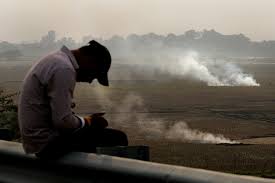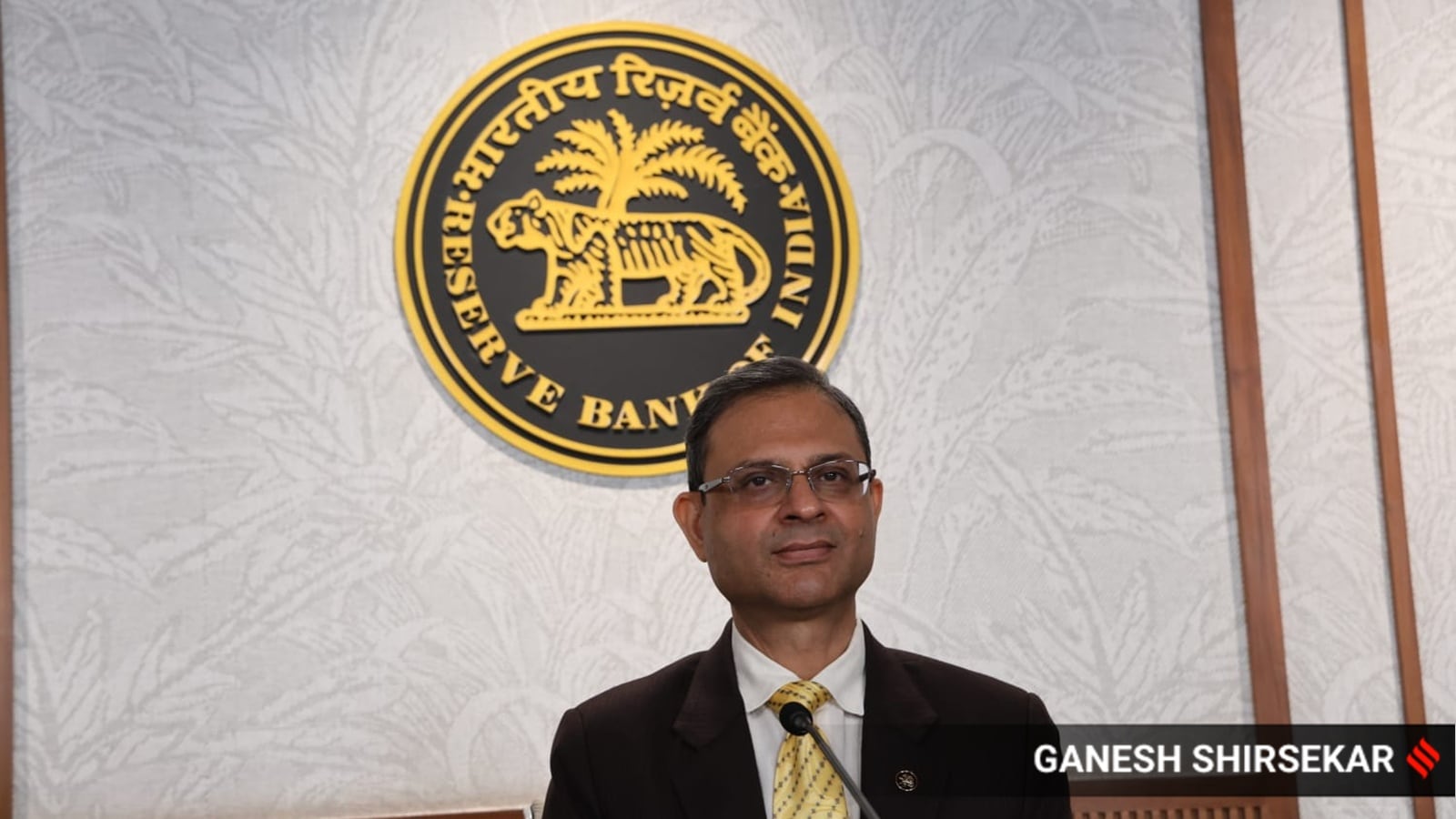
Decline of Indian Birds and Biodiversity Crisis
The decline of birds like the Indian roller and the Black-winged kite is a worrying trend for India's biodiversity. These birds, once common and vibrant parts of the landscape, are now classified as "Near Threatened" by the International Union for Conservation of Nature (IUCN). This classification emphasizes the urgent need for conservation efforts to address the threats they face.
Indian rollers are found in open areas, especially in agricultural fields and dry places, where they feed on insects and small reptiles. Their striking colors and aerial displays have made them a favorite among birdwatchers. However, habitat loss due to urbanization, the use of pesticides, and hunting during certain festivals are all contributing factors to their decline.
The Black-winged kite, another bird facing challenges, is known for its hovering behavior as it hunts. Both these species are indicators of the health of our ecosystems. Their decline signals that something is wrong, not just in their habitats but also in our broader environmental practices.
In India, the loss of these birds has implications beyond mere numbers. As their populations dwindle, so does our connection to nature. A recent study showed that nature-related words in literature have fallen by 60% since 1800. This trend reflects a growing disconnection from the natural world, which can lead to an "extinction of experience." If we fail to recognize and cherish these birds, we risk losing not just their presence but also the cultural narratives that surround them.
To combat these challenges, we must implement conservation actions and engage in habitat restoration. We also need to educate communities about the importance of these species and promote sustainable agricultural practices. Protecting these birds will require collective action, as well as a shift in how we relate to the environment.
As we face global challenges such as climate change and biodiversity loss, it is crucial to foster a deeper love and appreciation for our natural world. This means not only protecting species like the Indian roller and Black-winged kite but also reimagining our relationship with nature. With dedicated efforts, we can work towards ensuring that these beautiful birds continue to grace our skies and inspire future generations.
In conclusion, the decline of the Indian roller and Black-winged kite serves as a reminder of the need for urgent action in conservation. We must strive to preserve the rich biodiversity of India and ensure that our connection with nature remains strong and vibrant.













